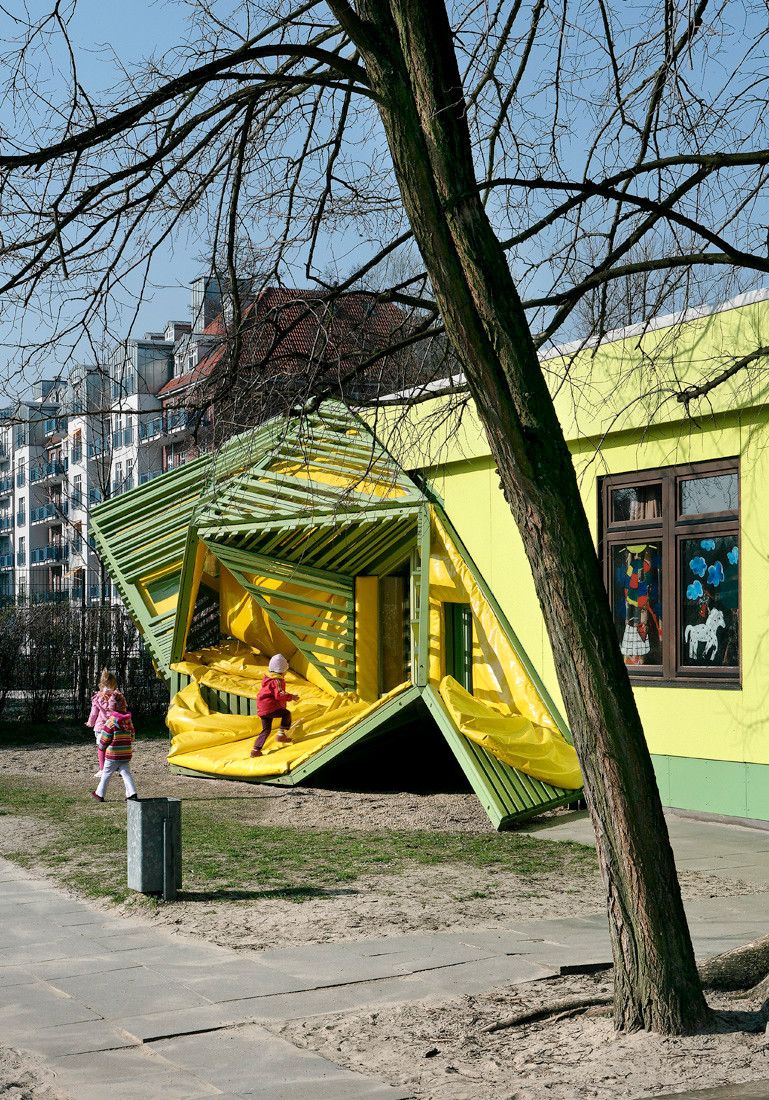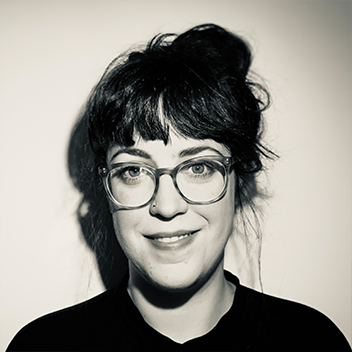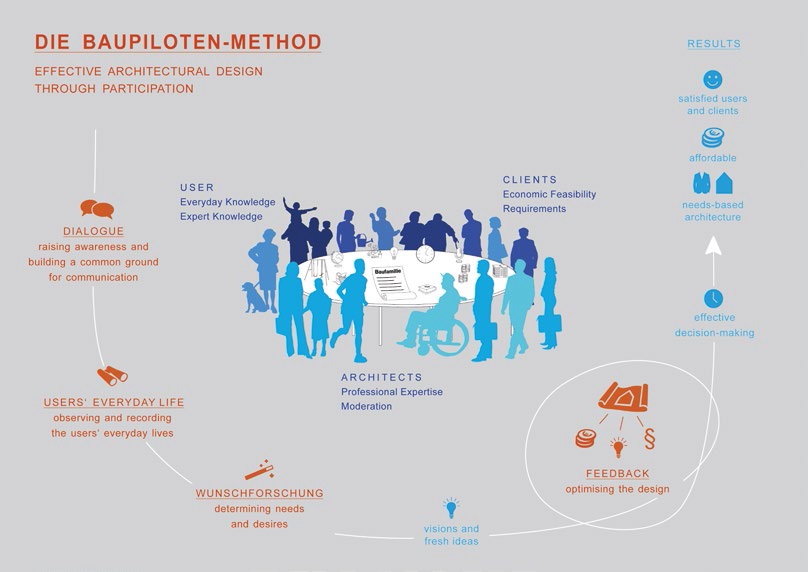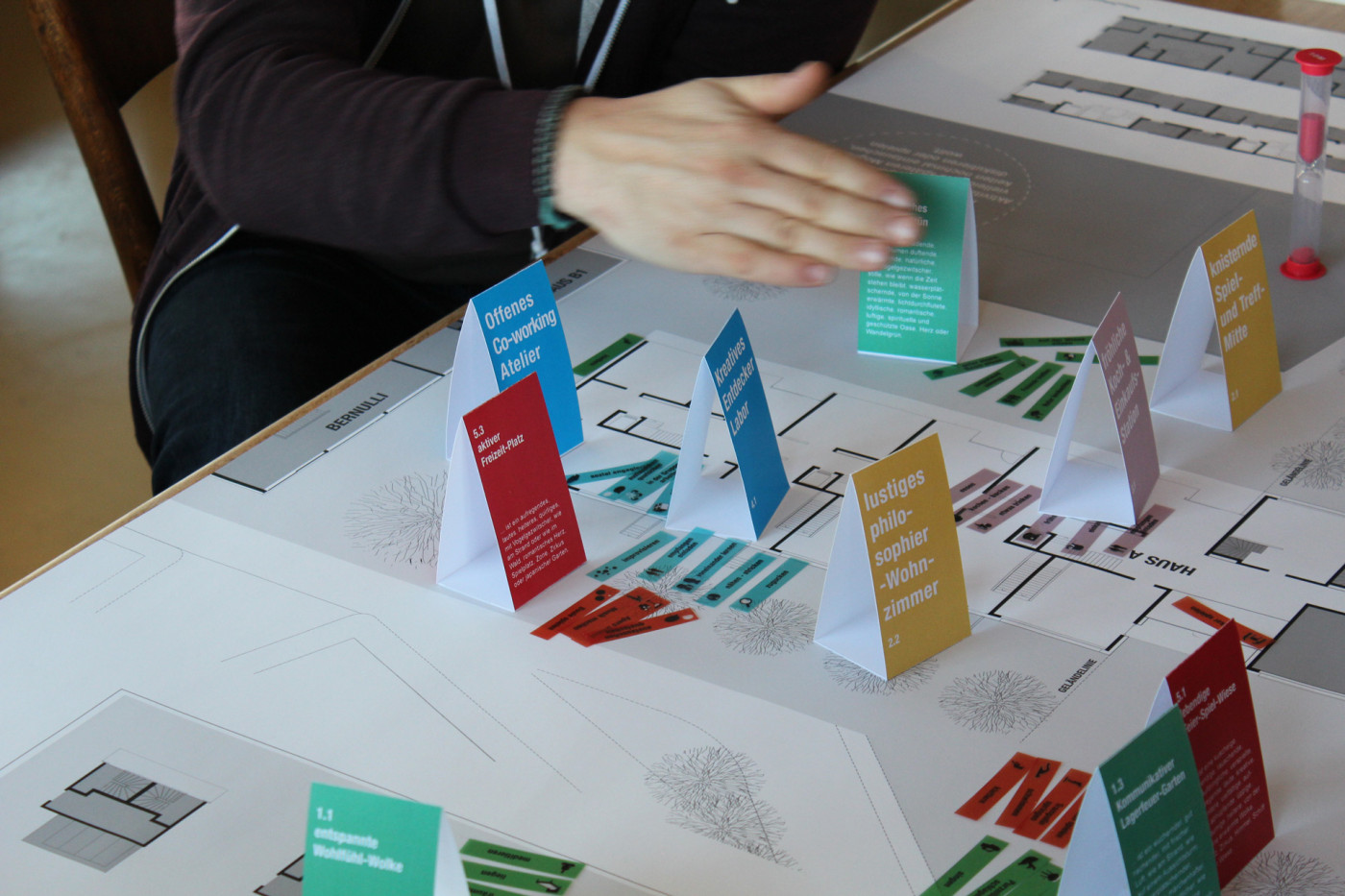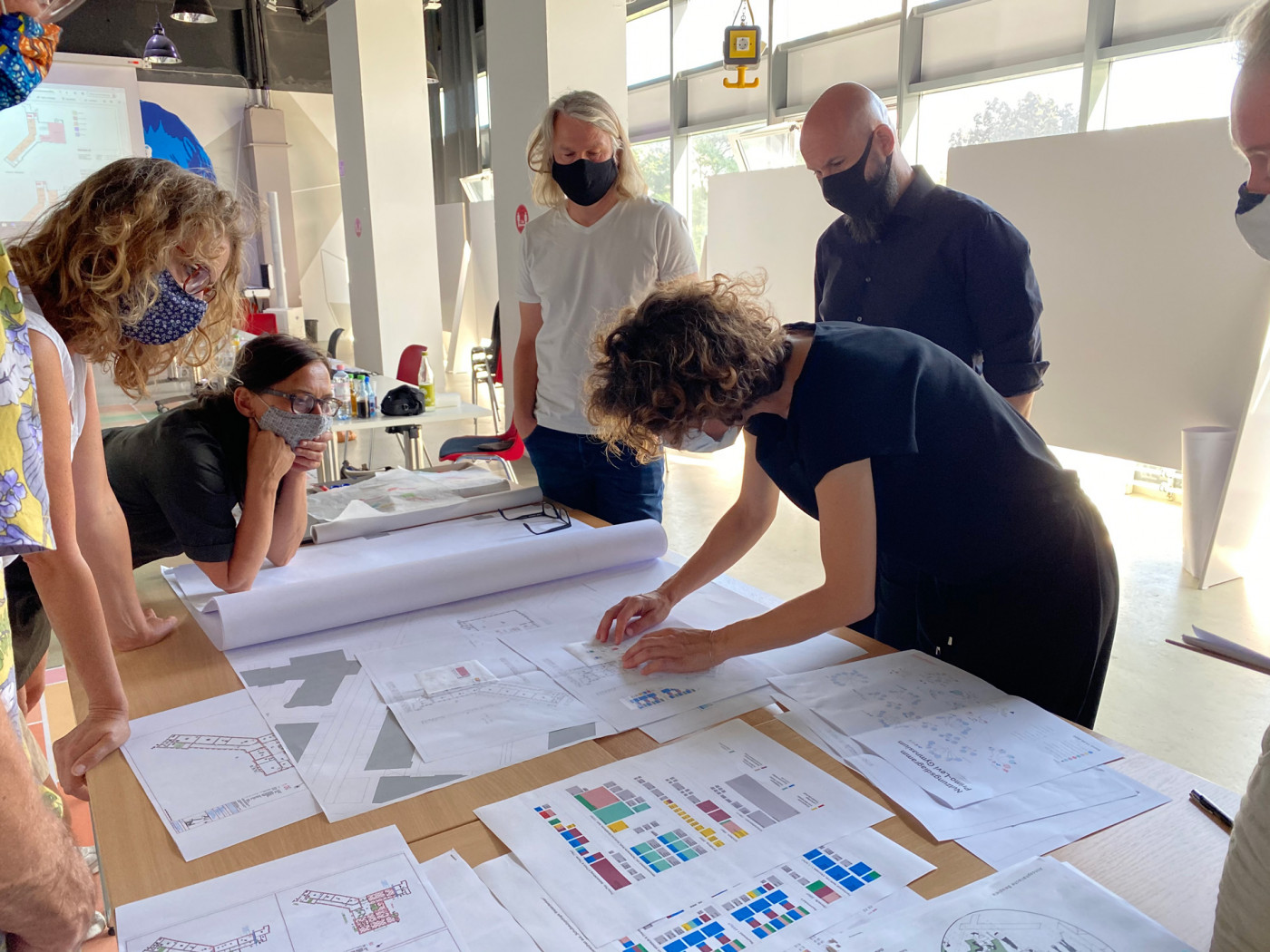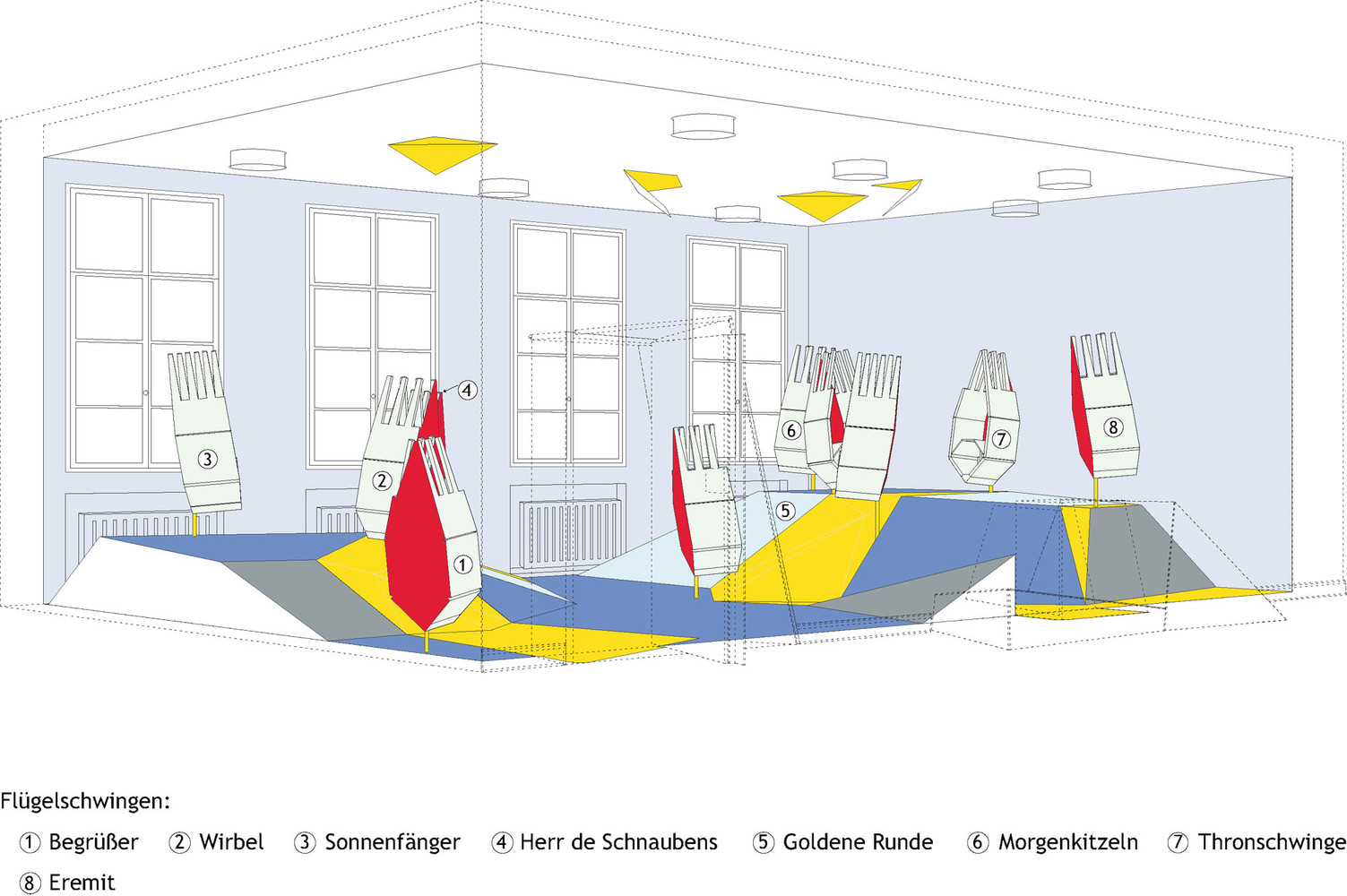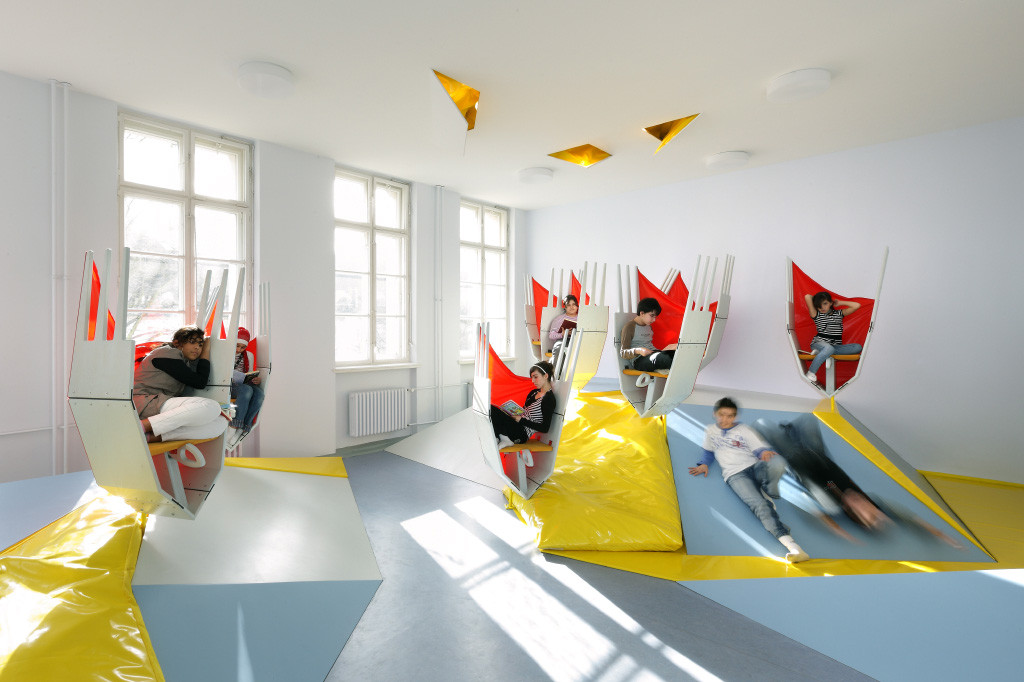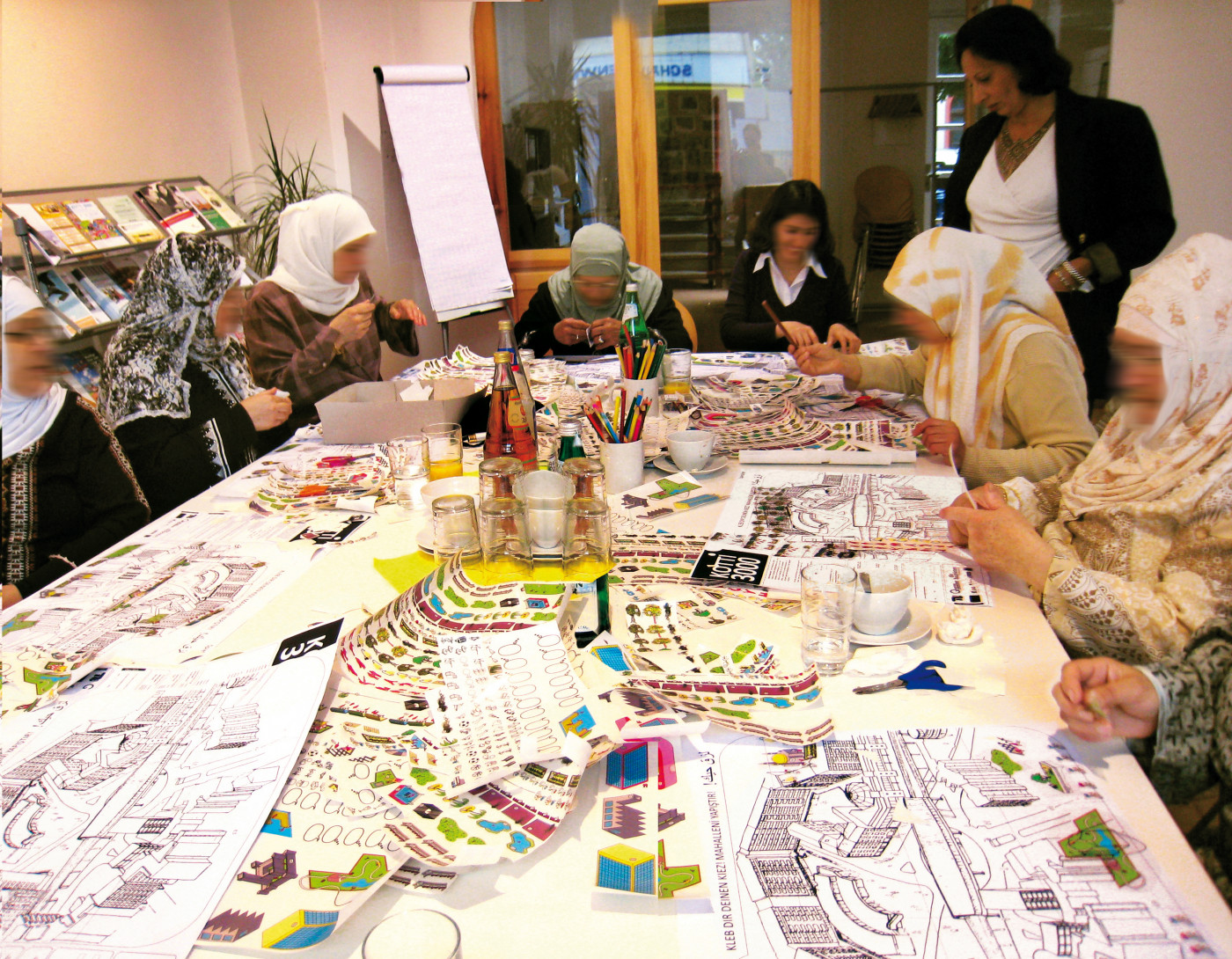Die Baupiloten Berlin
Created on 18-06-2024 | Updated on 29-07-2024
Baupiloten, founded by Susanne Hofmann, is an architecture practice and educational platform at TU Berlin, which engages 4th and 5th year students in participatory design-build projects. Hofmann believes that integrating practice and research in education provides students with a much-needed real-world experience, thus contributing to bridging the gap between architectural education and professional practice. This initiative arose from concerns within German architectural associations about the breach between architectural education and professional practice, with the latter criticising the absence of reality-anchored pedagogies.
The purpose is to connect practice and research-oriented learning through building projects, explore the interdependence between design and construction, enhance interdisciplinary connections, foster student motivation by involving them in all project stages, and encourage testing ideas on real projects. Participation is central to Baupiloten, recognising user knowledge as equal to expert knowledge. Despite criticisms of participation, Hofmann argues it can amplify creativity, reduce costs, promote social cohesion, and ensure architectural quality. Through this process, the role of the architect is expanded to include facilitating and moderating interactions, maintaining a balance between technical design and human experience.
A key focus of Baupiloten is the use of atmospheres as a tool for communication. Atmosphere, in this context, is understood as the emotional and sensory qualities of a space. By articulating these atmospheres, designers are able to communicate complex ideas, engage users, and ensure the final design meets user needs. The methodology includes team-building, observing users' everyday life, researching their needs, and optimizing the designs based on feedback. This approach ensures students learn through real-world projects, enhancing both their professional competences and interpersonal skills.
Initiating entity
TU Berlin, Susanne Hofmann Architects
Objectives
Prepare students more effectively for their professional life by combining education, practice and research
Educational/participatory methods
participatory design; co-creation; experiential learning
Context
Neighbourhood level
Place
Berlin, Germany
Period
2001 -
Duration
Depending on each project: small projects run part-time and conclude in one semester, larger ones may span over multiple semesters. The projects engage fourth and fifth year students
Stakeholders
Municipalities, public schools, local communities, associations, design & construction professionals
Object of study
Neihbourhood Building Live Project
Description
Overview
The impetus behind the creation of Baupiloten was the growing concern within German architectural associations about the education offered at architecture faculties. At the turn of this century, architectural education in Germany was severely criticised on the basis of its perceived distance from the “practical necessities of the profession”, with students training only in abstract projects that would never be built (Hofmann, 2004, p. 115). The founder and leader, Susanne Hofmann, has been involved both in practice and academia/research and is a firm believer that intertwining these two pillars offers much broader opportunities for students to learn through direct exposure in reality-based conditions, thus bridging the gap between architectural education and professional practice.
In the spirit of restructuring prevalent architectural curricula, the Studienreformprojekt at TU Berlin set forth the following goals, which Baupiloten set to accomplish (Hofmann, 2004, p. 117):
- Develop a connection between practice and research-oriented learning through building projects
- Provide opportunities to explore the interdependences between the design and building process
- Enhance interdisciplinary connections between the different fields of expertise that can be found in TU Berlin
- Foster the project motivation and responsibility of students by allowing them to be a part of every stage, from the conception to the construction stages
- Encourage students to test their ideas in a real, tangible project
Participation and atmosphere
Participation of non-experts
One of the core tenets of Baupiloten is the recognition of user knowledge as equally important to that of the “experts”. Users possess a specific kind of experiential, contextualised expertise on spatial arrangement, which, as Hofmann posits, becomes an invaluable source of information that can only be tapped into through real, active inclusion in the design process (Hofmann, 2019). Therefore, participation becomes a central focus in the Baupiloten approach, creating impactful and meaningful designs whose components can be traced back to the actual needs and desires of the people they design for.
While participation has often been criticised on the basis of responsibility and accountability diffusion, superficiality and risks of manipulation and tokenistic practices (Miessen, 2010), Hofmann argues that participation can (1) amplify creativity and invention, both through the multiple perspectives entering the discussion and through the need for creative solutions to facilitate the dialogue (e.g. discussion game design). It can (2) reduce costs and shorten the timeframe, as visions for the desired interventions are jointly shaped, so that time and cost estimations can be measured and planned with fewer amendments during the process. It can (3) promote social cohesion, through the co-existence and interaction of diverse groups. Finally, it can (4) ensure architectural quality of the finished product by securing a clear correspondence between the final design and the user needs (Hofmann, 2018).
While the clear-cut binary of “expert” and “layperson” slowly dissolves, flexibility becomes even more crucial when it comes to the role of the architect; facilitating and moderating skills arise as equally crucial during the process, and effective communication becomes the key to a successful process. This does not mean that space design and production should no longer be the core competence of an architect, but rather that it needs to be expanded and renegotiated to fit the needs of a diverse project team (Hofmann, 2019).
Therefore, one of the focal questions that Baupiloten seeks to answer is how “can communication between citizens, architects, authorities, business, social movements – everyone – be facilitated without a loss of quality?” (Hofmann, 2018, p. 117)
Perception of atmospheres as a means of communication
Within Baupiloten, “atmosphere" is understood as the subjective perception of a space's emotional and sensory qualities, which significantly influences user experience. This concept extends beyond mere aesthetics, encompassing the interplay of light, sound, texture, and spatial arrangements to create a cohesive emotional impact. Baupiloten utilises this understanding of atmosphere to facilitate the communication of design intentions and foster a collaborative co-design process. By articulating the desired atmospheric qualities, designers can convey complex ideas and emotions that are otherwise challenging to express through conventional architectural drawings or technical specifications.
Atmosphere articulation becomes a central tool in the co-design process, engaging users and stakeholders in the creation of a shared vision for the space. Through workshops, mock-ups, and immersive simulations, participants experience and respond to the proposed atmospheres, providing valuable feedback that informs the design development. This collaborative approach ensures that the final design resonates with users' needs and preferences, creating spaces that are not only functional but also emotionally engaging. By focusing on atmospheres, Baupiloten bridges the gap between technical design and human experience, fostering a more inclusive and participatory design process that enhances the overall quality and impact of the built environment (Hofmann, 2019).
Methodology and learning objectives
Methodology
Baupiloten follows a 4-stage methodology aimed at kickstarting the dialogue and subsequent collaborative design process among participating stakeholders (Hofmann, 2018):
- Team-building: raising awareness and building a common ground for communication through dialogue and other interactive activities.
- Users’ everyday life: observing and recording daily activities.
- “Wunschforschung”: researching the needs and desires of the users in a systematic manner.
- Feedback: optimising the design according to comments received by the participants.
This methodology includes three broad, equally important categories of participating stakeholders:
- Users: the “citizen experts”, bringing the knowledge of the everyday life to the table
- Clients: the individuals or entities who commission the project and define the financial constraints that the design and construction must adhere to.
- Architects: professionals and experts whose role is to facilitate and moderate the interactions, optimising their level of involvement to meet the process’s requirements.
Projects begin with students developing parallel designs. After a few weeks, the ideas are scrutinised to identify which concepts should be further refined, and students proceed to create and discuss various versions, ultimately selecting the final concept. Once a project is deemed convincing, it is divided into distinct packages for each student to develop independently. These design packages are intended to be sufficiently challenging yet comprehensible enough for the students to carry out successfully.
Overall, projects are divided by planning stages, potentially spanning through multiple semesters, and their schedule is aligned with the academic year to ensure professional management and relevance to real-world contexts. Instead of presenting related topics and themes as abstracted theory within the project (e.g. building regulations, lighting design principles, structural engineering, etc.), students are encouraged to learn experientially, through on-demand contextualising knowledge from related fields and topics as they progress on the project at hand (Hofmann, 2004).
Learning objectives
The learning objectives are separated into two main categories, as follows (Hofmann, 2004):
- Fostering professional competences related to the different stages of a project
- Developing design skills
- Training in designing from concept to construction detail
- Learning about cost-calculation and budgeting
- Developing self-reflexive and assessment skills and methods
- Developing design skills
- Enhancing interpersonal, communication and teamwork-related skills
- Cultivating management skills
- Learning how to interact with the various stakeholders involved in a project (clients, public authorities, craftsmen, manufacturers and building contractors)
- Learning how to prepare and give effective presentations
- Training in performing at and leading client meetings
Notable projects
Erika Mann Elementary School (or “the snuffle of the silver dragon”)
The Erika Mann Elementary School in the Wedding area of Berlin. When the phase 1 of the project was initiated (2003), Wedding had a high unemployment rate and a significant migrant population from non-German-speaking backgrounds. Baupiloten was tasked with initiating a collaborative design process, aiming to enhance the school premises with additional learning and living environments. The aim was to improve the quality of life within the school and make it an important hub for the whole neighbourhood.
Operating under the principle of “Form follows kids’ fiction”, the school students engaged with Baupiloten students and tutors in a series of design workshops spanning two phases: the first taking place in 2003 and the second in 2008, following the extension of the school’s operating hours to all-day. These workshops resulted in a proposal featuring a series of interventions designed to contrast the rigidness of the school’s hallways by creating “fantastical and poetic worlds, culminating in the fictive "Snuffle of the Silver Dragon"”(ArchDaily, 2009).
Kotti 3000
Kotti 3000 (alternatively, Neighbourhood 3000), is an interview tool and game specifically designed to encourage participation from people, such as migrants, whose voices, opinions and desires are often overlooked.
In this game, the players begin with a map of the neighbourhood. Through discussion and interaction, they can place a wide range of pictogram stickers on it. Each pictogram represents a type of urban equipment or function and “costs” a varying amount of points (e.g. cinema=300 points, vegetable garden=100 points). The overarching goal is to collaboratively “spend” the 3,000 points available to the participants on different types of interventions based on their needs and desires (Baupiloten, n.d.; Khafif, 2024).
Alignment with project research areas
This case study predominantly resonates with two of the research areas of the RE-DWELL project: “Design, planning and building” and “Community participation”. It particular addresses (housing) design education and (co-housing, co-design) in the following ways:
- Housing design education: Baupiloten promotes a reality-anchored design education, allowing students to come in contact with real conditions and limitations.
- Co-housing and co-design: It operates on the principle that “architecture is participation”; user participation and inclusion cover all the facets of the design process, from conception to detailing.
- Inclusive design: Inclusive design is one of the overarching goals in the Baupiloten projects. The activities conducted show a special interest in lifting the voices of those less privileged and in working with cultural and language differences. There has been a special focus, illustrated by the number of projects, in addressing and highlighting children’s perspectives and ideas, throughout the participatory processes.
- Vulnerable groups: A significant number of projects carried out within Baupiloten address underserved areas and communities in Berlin and beyond.
* This diagram is for illustrative purposes only based on the author’s interpretation of the above case study
Alignment with SDGs
Based on the course contents, format and impact, the following Sustainable Development Goals are associated with Baupiloten:
SDG 4 Quality education: Through direct contact and interdisciplinary collaboration on real problems, the students have the opportunity to assess their own responsibility as future professionals in shaping urban spaces. Furthermore, they are able to sharpen their soft/transferable skills relating to communication and collaboration as well as practical/construction skills that enable them to better understand the connections between the different stages in a design project’s life (conceptualisation, design, construction), and the different factors that influence each one. Lastly, they are provided with the opportunity to reflect on the value of participatory practices towards an inclusive and sustainable urban environment.
SDG 10 Reduced Inequalities: Baupiloten has conducted numerous projects in underserved neighbourhoods, addressing and including in its processes people of diverse backgrounds, regardless of gender, language, religion, and education level. By providing a platform where people feel safe to express themselves and voice their opinions, Baupiloten makes a small, yet significant contribution to nourishing people’s trust, self-confidence, in the hope that their participation can result into meaningful change. In parallel, students have the opportunity to come in contact with different people, discuss and collaborate, familiarise themselves with their perspectives and maybe question their own assumptions and biases.
SDG 11 Sustainable Communities and Cities: A special focus is placed on the social sustainability of communities and cities through the Baupiloten projects. Architectural design and urban planning are viewed as inherently participative and inclusive processes that enhance social cohesion. Furthermore, as students are exposed to real-life problems, they have the opportunity to witness an architectural project from its initiation to its construction, thus learning and sharpening their skills through real-time, collaborative praxis.
References
ArchDaily. (2009, July 4). Erika Mann Elementary School / Die Baupiloten. ArchDaily. https://www.archdaily.com/27714/erika-mann-elementary-school-die-baupiloten
Baupiloten. (n.d.). Baupiloten. Retrieved 8 July 2024, from https://www.baupiloten.com/en
Hofmann, S. (2004). The Baupiloten: Building bridges between education, practice and research. Architectural Research Quarterly, 8(2), 114–127. https://doi.org/10.1017/S1359135504000156
Hofmann, S. (2018). Participative Architecture: The Way to More Environmental Justice. Architectural Design, 88(5), 116–121. https://doi.org/10.1002/ad.2352
Hofmann, S. (2019). Architecture is Participation Die Baupiloten—Methods and Projects (1st edition). Jovis.
Khafif, M. E. (2024). In Action: Urban Design Pedagogy for Co-Production. 112th ACSA Annual Meeting Proceedings, Disruptors on the Edge, 827–835. https://doi.org/10.35483/ACSA.AM.112.106
Miessen, M. (2010). The Nightmare of Participation (Crossbench Praxis as A Mode of Criticality).
Related vocabulary
Co-creation
Design Activism
Participatory Approaches
Placemaking
Spatial Agency
Area: Community participation
Created on 16-02-2022
Read more ->Area: Community participation
Created on 13-02-2024
Read more ->Area: Community participation
Created on 17-02-2022
Read more ->Area: Community participation
Created on 08-11-2023
Read more ->Area: Community participation
Created on 30-01-2024
Read more ->Related publications
Charalambous, N., Panayi, C., & Roussou, E., (2022, August-September). Community-engaged design: learning through live projects in residential environments. In European Network for Housing Research (ENHR) Conference 2022. Barcelona, Spain.
Posted on 19-12-2025
Conference
Read more ->Blogposts
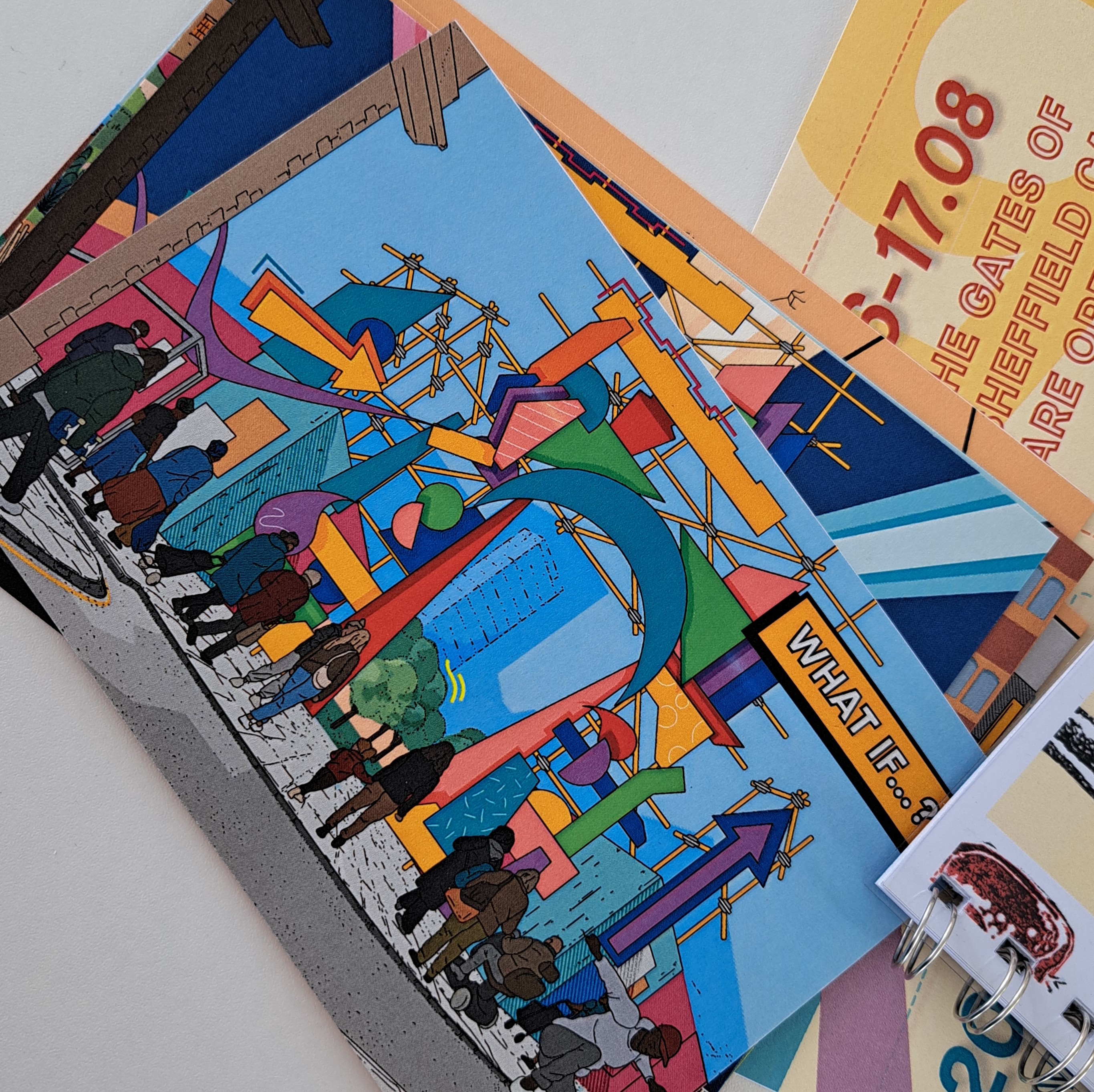
Navigating Two Realms: A Comparative Exploration of Community-Engaged Architectural Education in Spain and the UK
Posted on 04-12-2023
Secondments, Reflections
Read more ->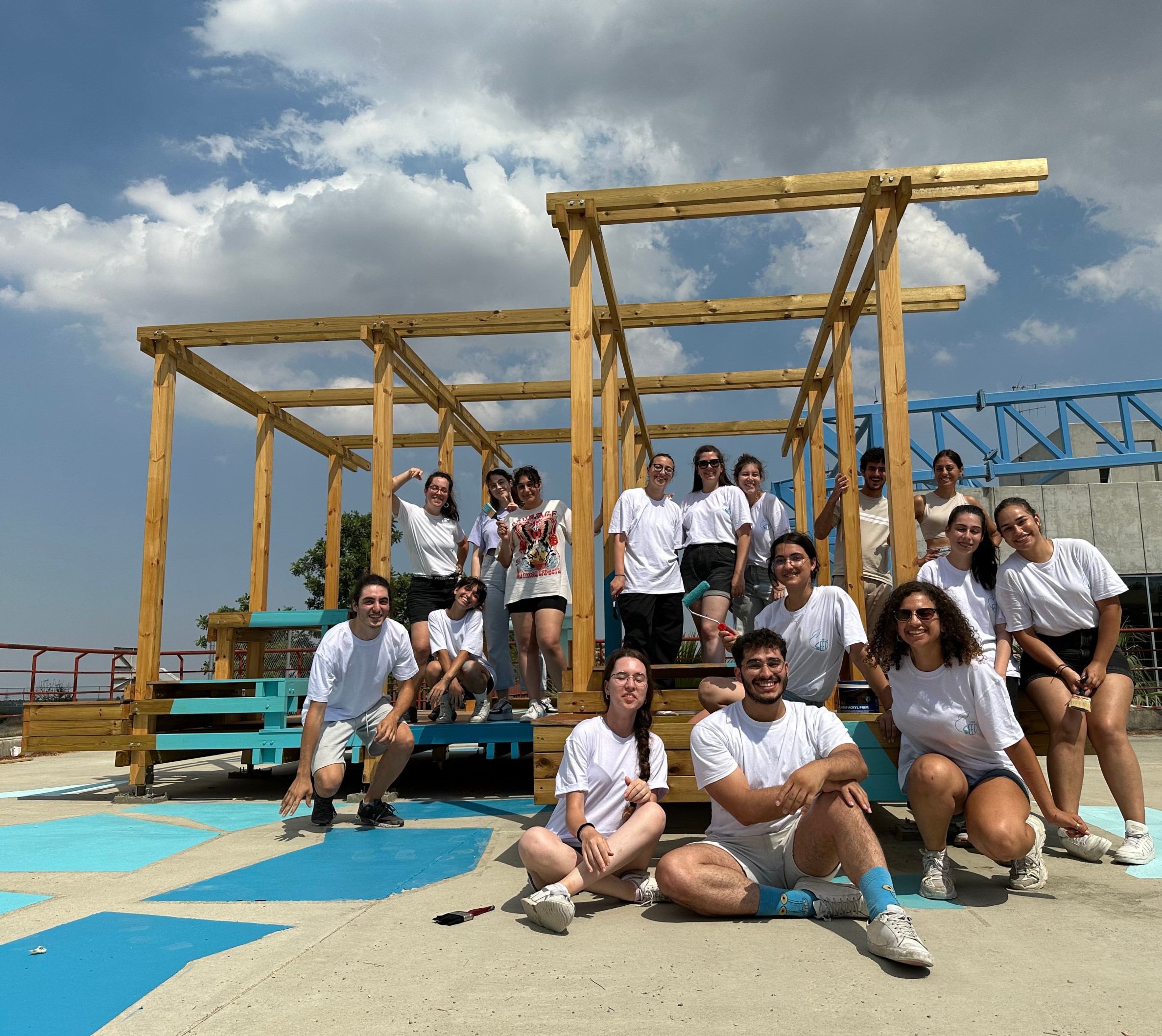
Something is blooming in Nicosia: community-engaged design & build activities at UCY School of Architecture
Posted on 21-07-2023
Reflections
Read more ->
